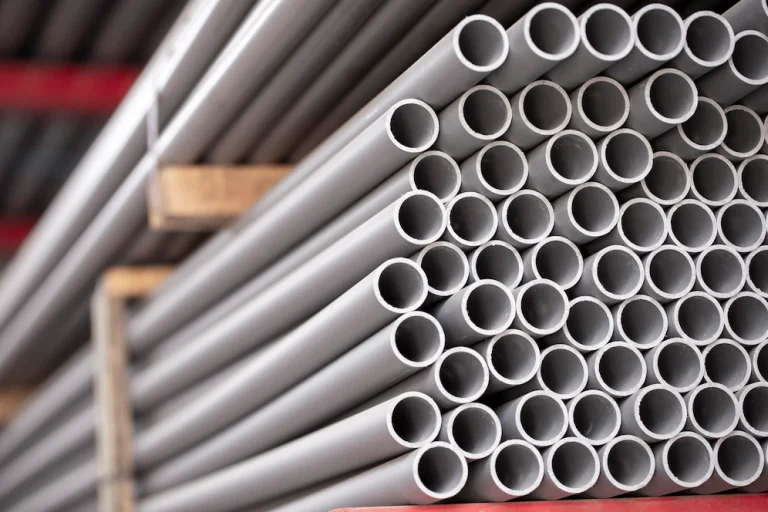After joining the two side sections of the tube created by stacking them together, lap welding refers to dislocation. A long pass welding typically requires a few meters above, or even longer, in length, depending on the lap weld length of the points.
Tenths of a millimeter are dislocated somewhat, and the wall thickness is the same as the total displacement. The following reasons are the main causes of the prolonged welding process:
Table of Contents
1. Axial squeezing of the roller
It will appear that the pressing rollers are moving axially and radially as a result of lap welding because of the positioning squeeze rollers’ instability, other parts in the assembly having zero waste volume, and other uncleanly created variables.
2. Bearing damage
The normal position squeeze roller will be destroyed once the bearing has been damaged. For instance, two roller pressing roller devices often have built-in squeeze rolls that move up and down two sets of bearings.
If one set is damaged, the squeeze roll will become uncontrollable and rise higher than the lap-welded weld. The swing squeeze roller can be seen in action during a production run.
The extent of the bearing’s damage and the roller’s swing has a specific relationship when the upper end of the bearing is damaged; when the lower end is damaged, the roller swings smaller.
In addition to being unable to control the direction of the welded tube after guide roller bearing failure, it may also be owing to further guide ring bearing damage, pressure loss brought on by the tube’s edge, variations in weld height, and an incident involving improper lap welding.
3. Push down on the bending roller.
Nevertheless, two roller pressing roller devices, for instance, squeeze bending rollers Two of them, are as follows: One is the absence of long-term pressure on the outward curved top wire, and one is excessive inner pressure on the bent top wire.
Check the angle of inclination of the end face of the steel ruler and another roller by releasing the top tight device and placing it on the end face of the roller. When the axis bends, the bending roller shaft causes scratches; when the inner shaft bends, scratches are generated by not bending the roller shaft.
Also read: Internet Marketing BizLeads Virtual Summit 2022, What was it about?
4. Squeezing force
The creation of thick-walled pipes is often seldom due to the high pressure that results from squeezing ride pipe, which typically happens in the production of thin-walled tubes. This cannot be tolerated since the fabrication of thin-walled tubes results in a tube with inadequate rigidity. Once the pressing force is too great, the tube’s breadth in the hole has a lot of room for movement, which leads to lap welding. In order to properly regulate the amount of compression size, pay attention to the pipe wall thickness while choosing the radius and grooved roll seam allowance during design.
5. Rollin tilt
Normally, the guide roller should be in a horizontal position, although it is possible to modify the guide roller’s inclination to better regulate the weld.
Especially in the production of thin-walled tubes, the welded pipe is easier to promote ride production if the tilt angle is too great, the protruding guide ring volume is big, and with the rotation of the guide roller, the roller ring will force the tube edge to abnormal deformation.
Because the tube seam is not properly controlled, large tilt adjustments frequently employ roller guides.
In order to prevent a significant tilt adjustment, the guide roller mill Pass big should be promptly replaced with a new roll center adjustment.
6. Distinct bottom guide roller paths
The guide roller’s two-hole bottom diameter is not as large, but it is also more likely to experience a pipe problem while producing thin-walled tubes.
You can use the finger-touch approach to feel whether the flat weld V-shaped area is there when checking. Of course, this lap welding phenomenon can be avoided as long as we ensure the quality of the rolls.
How can the high-frequency welded pipe mill be protected from harm?
The development of high-frequency welded pipe units must generally abide by safety regulations.
The operator must avoid making physical contact with the mould while operating the unit and must also pay attention to the direction in which his hand is placed on the tube.
In order to ensure that the high-frequency erw mill can operate normally, operators should pay close attention to whether the lubrication points are already greased in place or if additional oil needs to be added.
When in use, high-frequency welded pipe mills should be careful to use some high-temperature synthetic aluminum complex lubricant in order to prevent damage.

